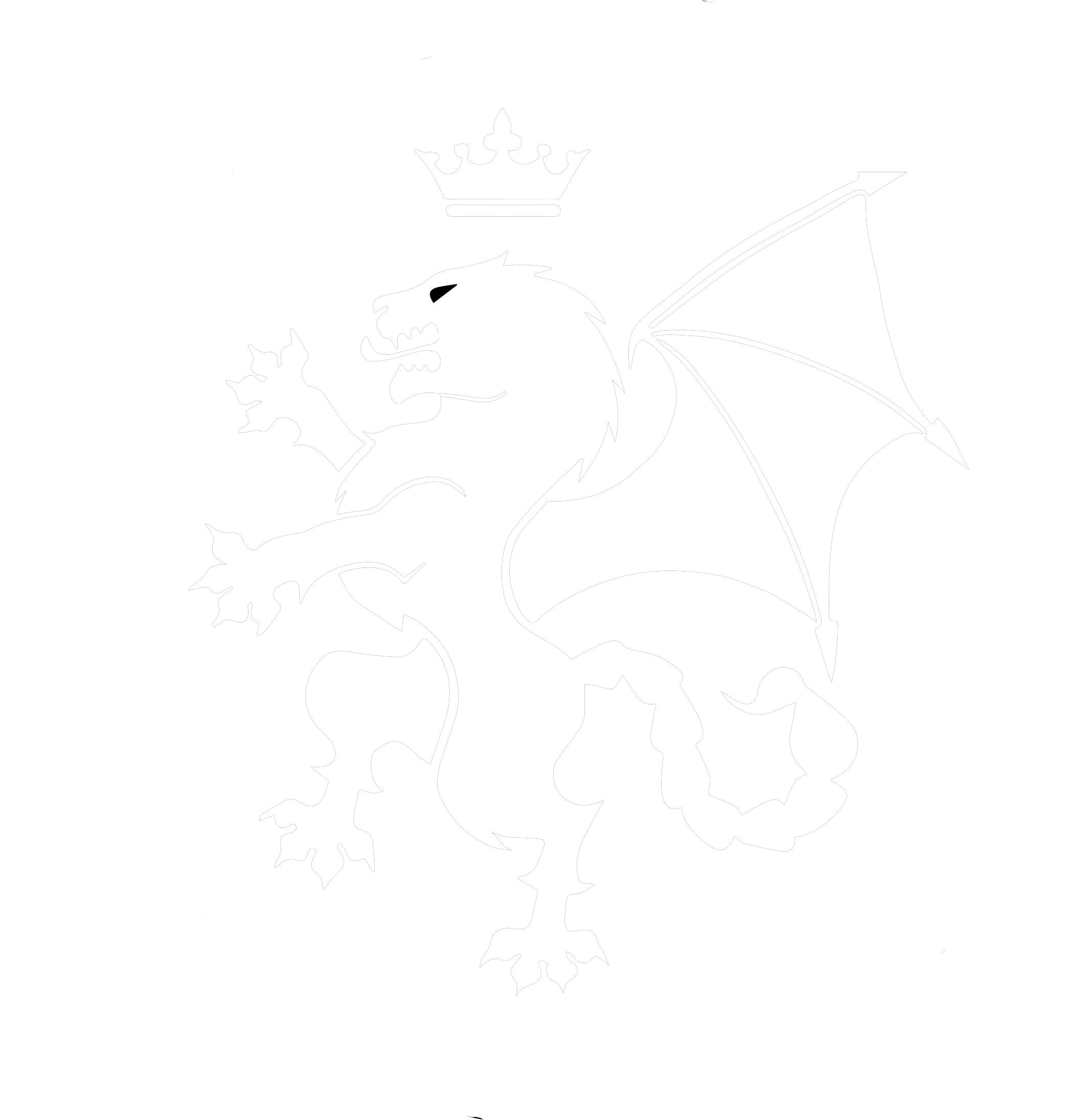Juleigh Howard-Hobson
Hatched from an agate, instead of an egg, the Griffin (alternatively called Gryphon, Griffen, Griffon, Grýps, Gryphus, or if you prefer an ancient term: γρύφων) is a particularly numinous being. Having the head, front talons and wings of an eagle and the body and tail of a lion, it is part earthly and part astral.
Which suits this creature well. Legends after legends have it that it was the Griffin which pulled the chariot of such divine beings as Apollo (the sun god), Nemesis, the Egyptian Pharoahs, Dionysus, and Alexander the Great. The mighty power of the lion, teamed with the aerial strength of the eagle, make the Griffin able to easily traverse between the sky and the world. Indeed, this ability to conquer both heaven and earth helped the Griffin conquer the incursions on ancient mythos that the Christians brought down upon so many pagan creatures.
By the 1300’s the Italian poet, Dante Alighieri, could freely and –importantly— unheretically see in the Griffin’s heaven/ earth duality, a harkening to the god/human duality of Jesus Christ. In his epic work, Purgatorio, Dante had a Griffin pull Beatrice’s chariot. Not only is the eagle half of Dante’s Griffin symbolic of the astral plane, but it can also be seen as a representation of Rome, or rather, the Roman Catholic Church, which was built upon a rock…which is symbolic of the earth, which is embodied in the lion half of the Griffin.
This Christian fondness for an ancient pagan beast is rather unique. 9th century European Christianity (which was Catholic) took the Griffin’s devotion to its mate as a fierce symbol against the practice of remarriage. It was long held by legend that Griffins mated for life; when one of the pair died, the other Griffin remained alone, until it too died. It would never even look at another potential mate. The Church made great use of the Griffin’s legendary devotion to underscore its own position on marriage… and remarriage.
In the twelfth century, a German nun, St. Hildegard of Bingen, wrote accounts of how the monogamous Griffins were wonderful parents—the mothers seeking out very specific caverns to lay their eggs in. Griffin eggs were always laid in threes, a number considered sacred in most Pagan religions, and also akin to the Holy Trinity of the Christian Church. These eggs, by the way, were not the yolk, white and shell of mundane land-bound birds, they were miraculous agates, recalling again the merger of the heavens and earth—the church and the state—the sky (where the heaven the Church worshipped was located) and the rock (upon which the Church was built)…the eagle and the lion.
Griffins, due to this rather particular patronization of the Church, which was the ruling religious body of western civilization, were never considered evil or shunned as were most of their counterparts (the unicorn: left behind by the ark, the dragon: denizen of the underworld, the pixies, elves, gnomes, fairies, mermaids etc: denounced and demonized… as were entire Pantheons of antiquity)—and so, to this day, Griffins are still one of the most popular positive symbols in European history.
From the National Coat of Arms of Latvia (which has two Griffins) to at least 3 dozen nations and cities and upwards of that amount of school and universities, across Europe and over to the new world (from Bjarkøy, Norwegian to Reed College in Portland, Oregon) the Griffin is incorporated in coats of arms, mascots, and symbols. In industry, Vauxhall and Saab have Griffins in their automotive trademarks/logos.
But why? Why the Griffin? Perhaps because it is associated with the sun, indeed pulling the chariot of Apollo (the Sun God) and Nemesis (goddess of cyclic retribution) put it firmly in that symbolic area which warms the heavens. Or perhaps because it is likewise legendarily associated with gold (which can be another symbol of the sun, and thus heaven)? Perhaps because it came from the north: Pliny the Elder claimed it came from an area we know now as Northern Russia, after the ice age, bringing with it order from chaos (Griffins were known to be excellent guards)?
We will never know, and the Griffin—which once was so deeply venerated across Europe–seems to have taken wing (or foot) these days, leaving us nothing but an iconic memory of this most majestic and mythical King of the Beasts and the Air.

